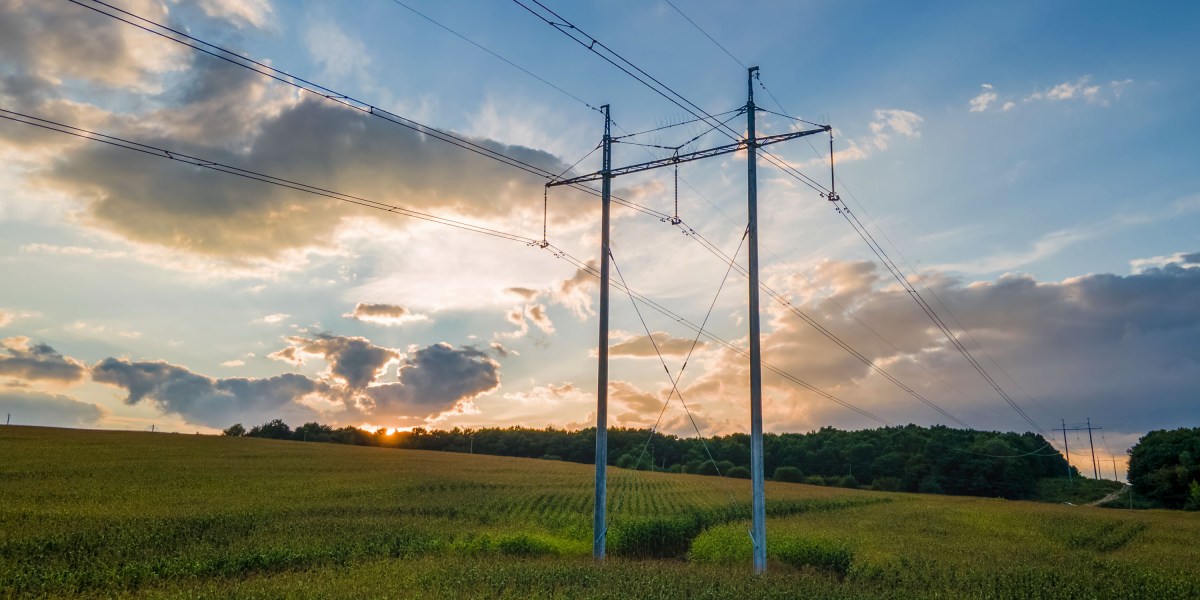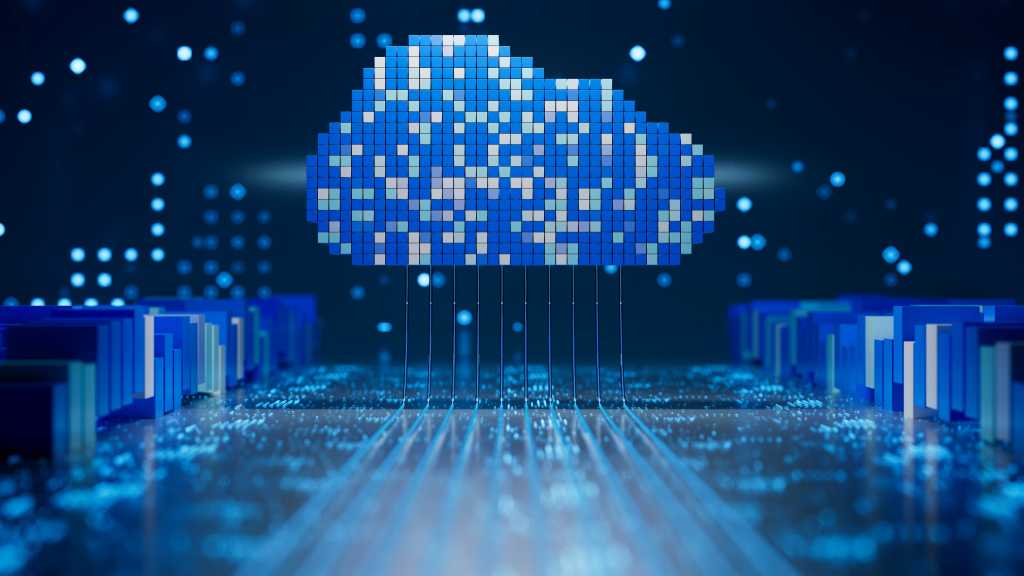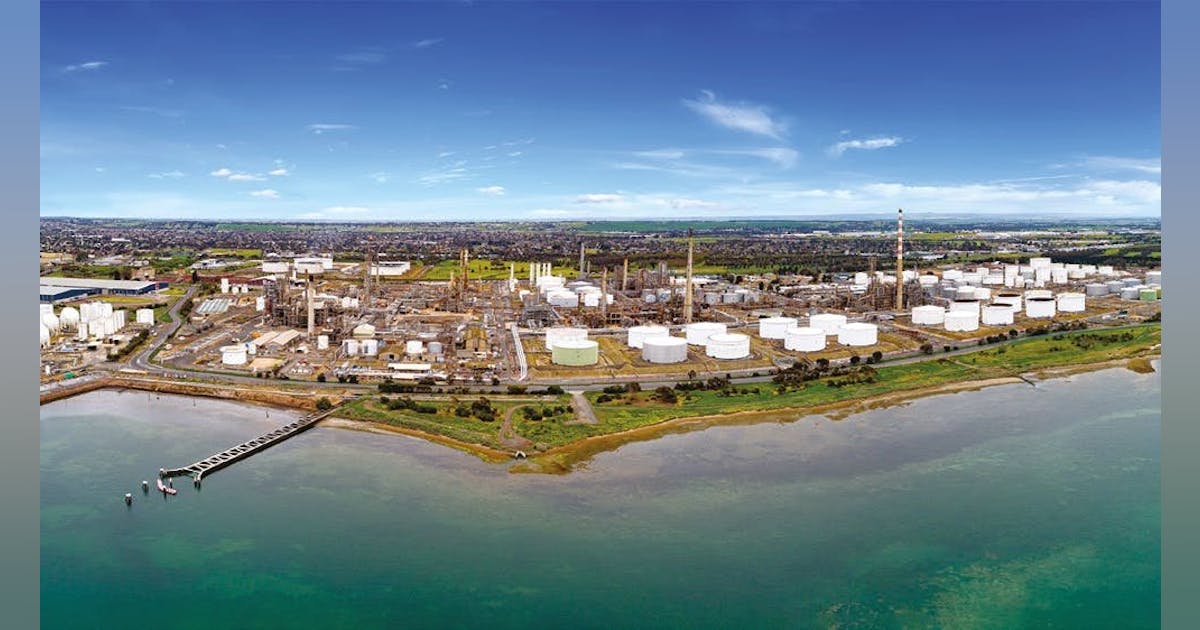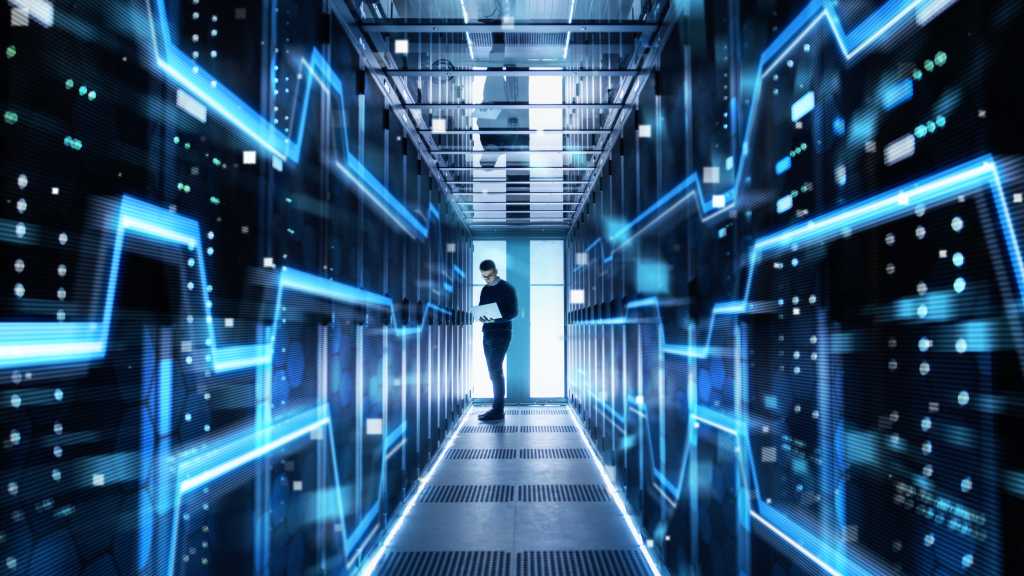
While it’s rare to look at the news without finding some headline related to AI and energy, a lot of us are stuck waving our hands when it comes to what it all means.
Sure, you’ve probably read that AI will drive an increase in electricity demand. But how that fits into the context of the current and future grid can feel less clear from the headlines. That’s true even for people working in the field.
A new report from the International Energy Agency digs into the details of energy and AI, and I think it’s worth looking at some of the data to help clear things up. Here are four charts from the report that sum up the crucial points about AI and energy demand.
1. AI is power hungry, and the world will need to ramp up electricity supply to meet demand.
This point is the most obvious, but it bears repeating: AI is exploding, and it’s going to lead to higher energy demand from data centers. “AI has gone from an academic pursuit to an industry with trillions of dollars at stake,” as the IEA report’s executive summary puts it.
Data centers used less than 300 terawatt-hours of electricity in 2020. That could increase to nearly 1,000 terawatt-hours in the next five years, which is more than Japan’s total electricity consumption today.
Today, the US has about 45% of the world’s data center capacity, followed by China. Those two countries will continue to represent the overwhelming majority of capacity through 2035.
2. The electricity needed to power data centers will largely come from fossil fuels like coal and natural gas in the near term, but nuclear and renewables could play a key role, especially after 2030.
The IEA report is relatively optimistic on the potential for renewables to power data centers, projecting that nearly half of global growth by 2035 will be met with renewables like wind and solar. (In Europe, the IEA projects, renewables will meet 85% of new demand.)
In the near term, though, natural gas and coal will also expand. An additional 175 terawatt-hours from gas will help meet demand in the next decade, largely in the US, according to the IEA’s projections. Another report, published this week by the energy consultancy BloombergNEF, suggests that fossil fuels will play an even larger role than the IEA projects, accounting for two-thirds of additional electricity generation between now and 2035.
Nuclear energy, a favorite of big tech companies looking to power operations without generating massive emissions, could start to make a dent after 2030, according to the IEA data.
3. Data centers are just a small piece of expected electricity demand growth this decade.
We should be talking more about appliances, industry, and EVs when we talk about energy! Electricity demand is on the rise from a whole host of sources: Electric vehicles, air-conditioning, and appliances will each drive more electricity demand than data centers between now and the end of the decade. In total, data centers make up a little over 8% of electricity demand expected between now and 2030.
There are interesting regional effects here, though. Growing economies will see more demand from the likes of air-conditioning than from data centers. On the other hand, the US has seen relatively flat electricity demand from consumers and industry for years, so newly rising demand from high-performance computing will make up a larger chunk.
4. Data centers tend to be clustered together and close to population centers, making them a unique challenge for the power grid.
The grid is no stranger to facilities that use huge amounts of energy: Cement plants, aluminum smelters, and coal mines all pull a lot of power in one place. However, data centers are a unique sort of beast.
First, they tend to be closely clustered together. Globally, data centers make up about 1.5% of total electricity demand. However, in Ireland, that number is 20%, and in Virginia, it’s 25%. That trend looks likely to continue, too: Half of data centers under development in the US are in preexisting clusters.
Data centers also tend to be closer to urban areas than other energy-intensive facilities like factories and mines.
Since data centers are close both to each other and to communities, they could have significant impacts on the regions where they’re situated, whether by bringing on more fossil fuels close to urban centers or by adding strain to the local grid. Or both.
Overall, AI and data centers more broadly are going to be a major driving force for electricity demand. It’s not the whole story, but it’s a unique part of our energy picture to continue watching moving forward.
This article is from The Spark, MIT Technology Review’s weekly climate newsletter. To receive it in your inbox every Wednesday, sign up here.






















